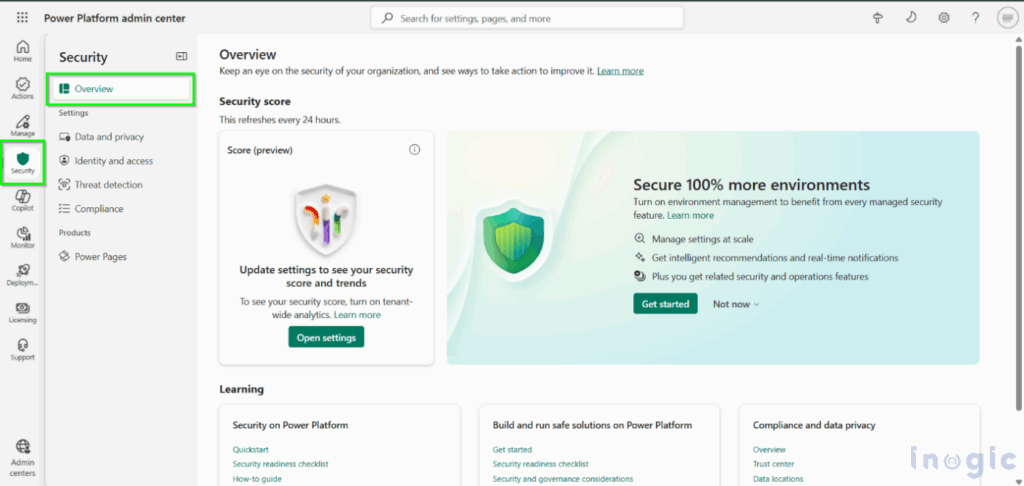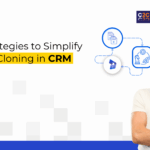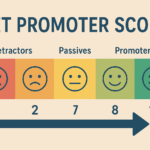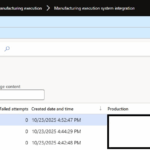Now Reading: From Blueprint to Reality: Your Non-Techie Guide to Phase 3 (Building and Testing Your CRM)
-
01
From Blueprint to Reality: Your Non-Techie Guide to Phase 3 (Building and Testing Your CRM)
From Blueprint to Reality: Your Non-Techie Guide to Phase 3 (Building and Testing Your CRM)

As a Customer Service Director, you recognise the immense pressure when systems fail. Housing associations are often trapped. They are forced to rely on rigid, expensive, and outdated systems.
These systems actively prevent colleagues from providing excellent service. This reliance leads to critical consequences. It causes Service Degradation for both colleagues and customers. Critical funds that should be dedicated to building new homes and communities are diverted.
I draw on over 20 years of experience working on the front lines of social housing and implementing CRM systems. My expertise is in helping UK housing associations successfully escape the constraints of legacy systems and overpriced suppliers. I specialise in translating complex user requirements into precise, proven, actionable plans.
If you are following our 5 Phase Blueprint, that takes you from a blank piece of paper to go-live. You have already completed the crucial foundational work.
- You defined your Strategy (Phase 1), establishing the core purpose, metrics, and securing organisational buy-in.
- You then created your Specification (Phase 2). In this phase, operational needs were solidified. This translated your service goals into precise technical instructions. The instructions included the data model and logic for the IT team.
You know exactly what the platform needs to do. Your team should be empowered to provide excellent service with intuitive tools.
Now, we enter Phase 3: Development and Testing.
For busy housing teams, this is the moment where the rubber meets the road. It is no longer about documents. It is about building a verified tool that helps your Customer Service (CS) team handle repairs, arrears, and enquiries faster. Our goal is simple. We want the system to work for the people answering the phones.
Step 1: “Show and Tells” – No More Surprises
In the past, IT might have disappeared for months. They would then return with a finished system. This system didn’t look like what CS asked for. We don’t do that with the Power Platform. We use an iterative approach to build engagement.
1. See it in Action (The Sandbox)
Development happens in a “Sandbox”—a safe test environment separate from your live data. We run regular Show and Tell sessions. This allows your Housing Officers and CS agents to see the system as it is being built.
2. Securing Buy-in
When your team sees the new “Repairs Logging Screen” before it’s finished, they feel heard. This significantly reduces the “fear of change” when you eventually go live.
3. The “Scope Creep” Trap
During these sessions, your team will have great ideas (“Can it also…..fill in the blank?”). However, because resources are tight, you must be disciplined.
Rule of Thumb: If an idea fits a pattern of feedback (e.g., everyone says the font is too small), fix it. If it is a new feature request, log it for the next strand of development after go live. Stick to the original strategy to keep the project on time and on budget.
Step 2: User Acceptance Testing (UAT) – Checking “Real World” Scenarios
This is the most critical step for Housing Associations. IT cannot check their own homework. A developer knows how the code works, but a Housing Officer knows how a customer behaves.
Who does the testing?
You need dedicated resources from the business side. We need the people who actually book repairs and manage tenancies to try and break the system.
The Two Paths of Testing
You must test using Scenario-Based Scripts. Don’t just click buttons; act out a real day in the office.
| Test Type | The Scenario (Housing Example) | Why it matters |
| The Happy Path | A tenant calls to report a dripping tap. Access is granted, details are correct, job is raised. | Ensures the basic workflow functions as designed. |
| The Unhappy Path | A tenant reports a leak, but they are in arrears, the phone number is missing, and they refuse access. | Crucial. This is where systems usually fail. Does the system warn the agent? Does it block the booking? |
The Feedback Loop
When a tester finds a bug (e.g., “The system let me book a gas safety check on a Sunday”), it must be logged. IT fixes it, and the user re-tests it. This cycle ensures reliability.
Phase 3 Survival Guide for Lean Teams
We know you are resource-constrained. Here is how to manage this phase without burning out:
- Protect Your Testers’ Time: Your CS agents have a “day job.” They cannot test the new system while answering live calls. You must schedule specific time for them to step away from the desk to focus on testing. An hour of focused testing is worth five hours of distracted clicking.
- The “Pre-Mortem”: Two weeks before launch, gather your stakeholders. Ask them: “Imagine it is launch day and the system has failed. What went wrong?”
- Example: “We realised the data migration brought over old, closed repair jobs.”
- Identifying these fears early allows you to:
- Fix them before they happen.
- Manage the risk of the issue happening
- Amend the training plan
- Make changes to your go live cut over plan.
- Visible Progress: Give your managers access to the test environment. Seeing the product come to life builds confidence that the investment is paying off. Show them any early reports/dashboards to demonstrate they’ve been listened too.
The Result
By the end of Phase 3, you won’t just have a piece of software. You will have a verified system that your Customer Service team has already seen, touched, and approved. You move from “hoping it works” to “knowing it works.”
What’s the main challenge you’re facing?
We need a quick proof of concept to help back our business case: Struggling to secure funding for your #Dynamics or #Powerapps implementation? Need to show what they can do? then this is for you
Our business case has been approved but we need help to get going: We know that it can be overwhelming. Where do you start, how do you bring your business case to life? Our #D365ForHousing package can help you get going
We’ve started our Dynamics/Power Apps project but struggling to find the time to gather some serious momentum: This is a tough one, the will is there and everyone is up for it but you just struggle to find the time to get things moving while you do the ‘day job’. Our project support service can help lighten the load
We just need a bit of training or access to some handy templates: Then this Business Analysis 101: A Simple and Effective Course for Non-BAs course may be of use or perhaps visit our store to access some handy templates

Hi, I’m Chris Roberts Director at E&F Solutions.
I’m a Dynamics consultant helping UK housing associations escape rigid legacy CRM systems and overpriced suppliers.
With over 20 years in housing operations, I specialise in translating complex user needs into precise plans. This ensures we deliver a system your teams genuinely love, freeing up funds to be reinvested into building new homes & communities.
Original Post https://deliveringcrm.net/2025/11/25/from-blueprint-to-reality-your-non-techie-guide-to-phase-3-building-and-testing-your-crm/















